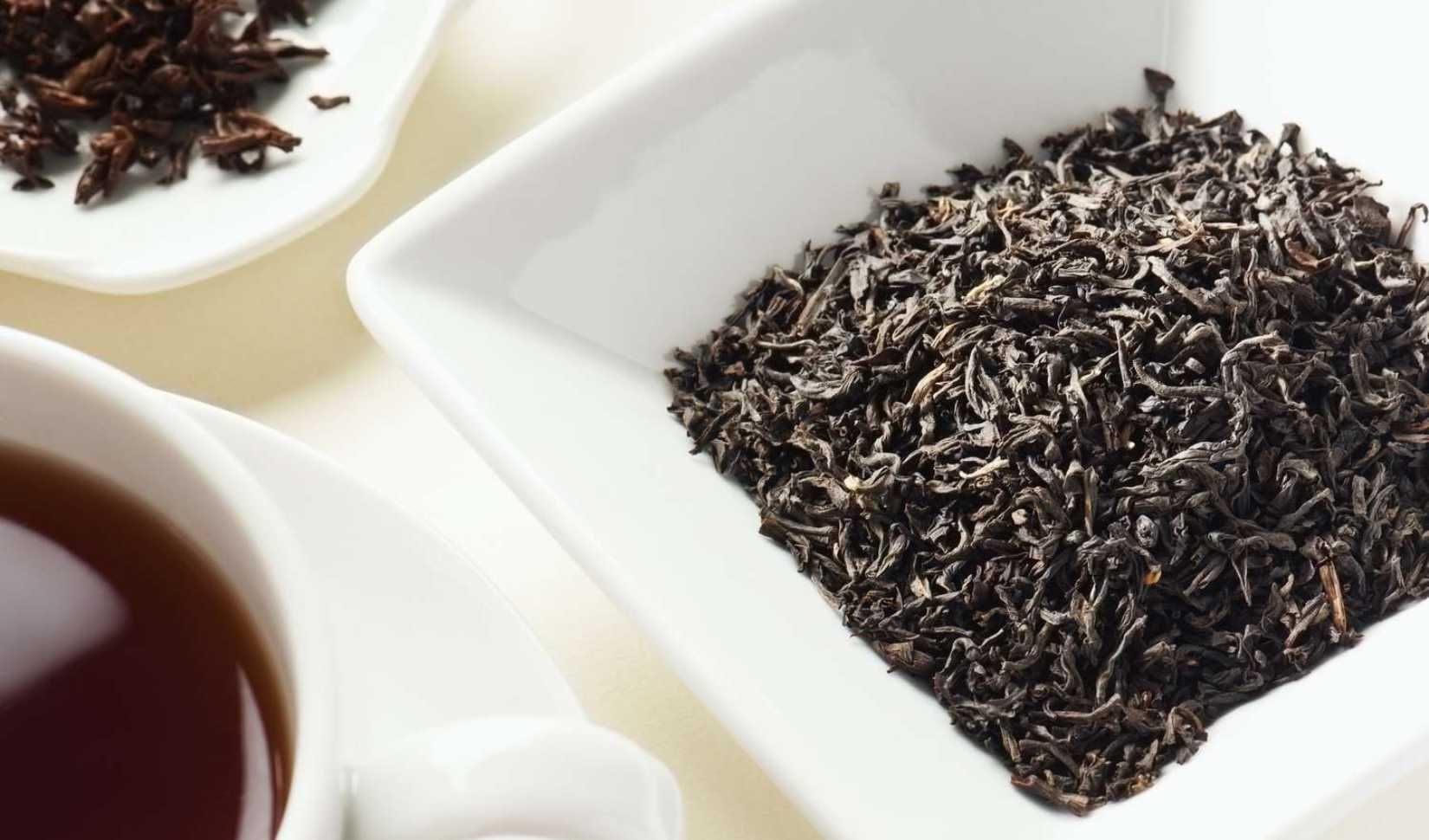The Thread | ArticleA Sip Through Time
ByJohn B
Ah, the great British cuppa – a tradition that’s as integral to our culture as a stiff upper lip. Whether it’s a strong Builders Despair or a delicate Nuclear Sunset, we all have our preferred brew (a debate for another day!). But let’s pause for a moment – where did this magical elixir come from? Spoiler alert: it wasn’t from our foggy shores!
 Tea Picking in the Himalayas
Tea Picking in the HimalayasOur beloved tea hails from much more exotic beginnings. Originally discovered in the northern foothills and Himalayas, people first chewed the leaves of the Camellia sinensis plant, hoping for a bit of medicinal magic. It was the Chinese who had the bright idea of preserving the leaves and shipping them far and wide, kicking off the global love affair with tea. What started as a humble leaf has blossomed into an entire world of flavours – hundreds, even thousands of varieties, all from a single plant!
 Camellia Sinensis Plant
Camellia Sinensis PlantBut Britain wouldn’t officially get involved in this leafy romance until the 1600s. Enter the East India Company, trading silver for tea in such quantities that by the mid-1800s, our silver coffers were as bare as a biscuit tin after afternoon tea. The solution? Swap silver for opium from Bengal, because why not? Predictably, this didn’t go well, leading to the infamous Opium Wars (1839–1842 and 1856–1860), and the eventual halt of Chinese foreign trade. Westerners were cut off from Chinese teas for generations – at least until the 1980s, when trade resumed, and we could once again sip on those delicate brews.
 East India Company
East India CompanyMeanwhile, in 1834, the British had their sights set on Assam, India, where we started growing tea with dreams of dominating the global market. Just five years later, in 1839, the first Assam black tea was auctioned in London. For those who haven’t had the pleasure, Assam tea is a bold and flavourful black tea with a nutty, chocolatey aftertaste – absolutely delicious! This robust tea became the foundation of two legendary blends: English Breakfast and Earl Grey. Thank you, Assam!
 Dried Assam Leaves
Dried Assam LeavesBut not everything in the world of tea was sweetness and light. Early on, it was discovered that Chinese tea processors were using some rather questionable methods to make their green tea leaves appear fresher – including adding Prussian blue (which by the way, contains arsenic). No wonder we Brits stuck to black tea after that! What we didn’t realise back then was that black tea and green tea come from the same plant. Had we known, our tea traditions might look a little different today, with more of us opting for green over black.
 Dried Green Tea Leaves
Dried Green Tea LeavesAnd so, we remain faithful to our black tea, as strong and steady as the British spirit itself. Who knew a small leaf could create such a vast history of innovation, culture, and the occasional scandal? Next time you brew your favourite cuppa, remember, it’s more than just a drink – it’s centuries of history in a teapot!